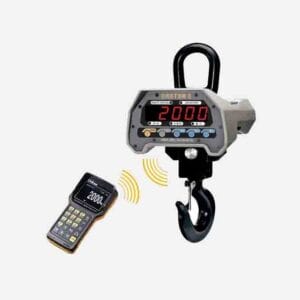Tubular Spring Balance
Tubular spring balances are simple and portable weighing devices commonly used in educational settings, laboratories, and other applications where a quick and approximate weight measurement is sufficient. They are not as precise as more sophisticated weighing instruments, but they are easy to use and cost-effective for certain applications.
A tubular spring balance is a type of weighing instrument that utilizes the principle of Hooke's law to measure weight or force. It typically consists of a coiled spring housed in a tubular casing with a hook or ring at the bottom for attaching the object to be weighed. Here are the key features and components of a tubular spring balance:
Giribrothers.in

- Coiled Spring:
- The primary component is a tightly wound coil spring made of metal, often steel. This spring provides the restoring force necessary for the balance to function.
- Tubular Spring Balance Casing:
- The coiled spring is enclosed in a tubular casing, which serves to protect the spring and provides a structure for the instrument.
- Hook or Ring:
- At the bottom of the tubular spring balance, there is usually a small hook or ring where the object to be weighed can be attached.
- Calibration Marks:
- The casing may have calibration marks or a scale along its length to indicate the weight of the object based on the extension of the spring.
- Pointer or Indicator:
- Some spring balances have a pointer or indicator that moves along the calibrated scale to show the weight of the object.
- Hanging Loop:
- At the top of the tubular casing, there is often a loop or hole for hanging the balance from a fixed point.
Specification
| MAKE | Salter | |
| MODEL | Super Samson | Little Samson |
| (CAPACITY x ACCURACY) | 1kg x 5g , 2kg x 10g, 5kg x 25g, 15kg x 100g , 20kg x 100g | 1.5kg x 25g , 3kg x 50g 6 kg x 100g , 10kg x 250g |
| Dimension | Length=200mm, width=25mm | Length=85mm, width=25mm |
Functionality:
- Attaching the Object:
- The object to be weighed is attached to the hook or ring at the bottom of the spring balance.
- Elastic Deformation:
- As the object is attached, the spring undergoes elastic deformation according to Hooke's law. The amount of deformation is directly proportional to the force applied (weight of the object).
- Reading the Scale:
- The user reads the calibrated scale to determine the approximate weight of the object. The scale is marked with units such as grams or newtons.
- Simple Weight Measurement:
- Tubular spring balances provide a quick and straightforward method for measuring the weight of objects in educational settings, laboratories, or other environments where precision is not critical.
Applications:
- Tubular spring balances are commonly used in physics experiments, educational demonstrations, and other situations where a simple and portable weighing device is sufficient for approximate weight measurements.







somnath –
REVIEWS ACROSS WEBSITE
https://www.facebook.com/giribrothers1973/